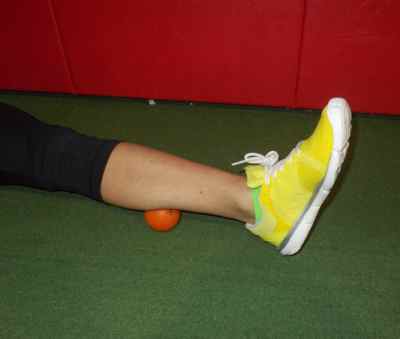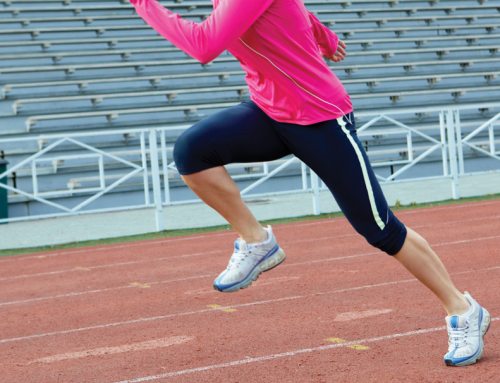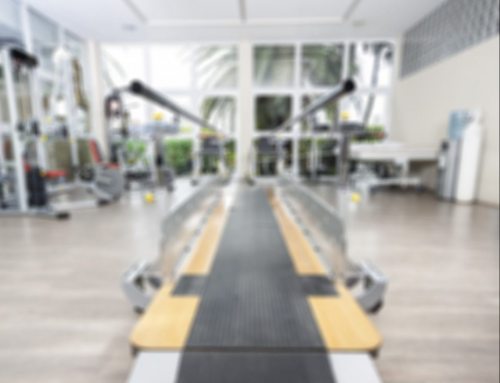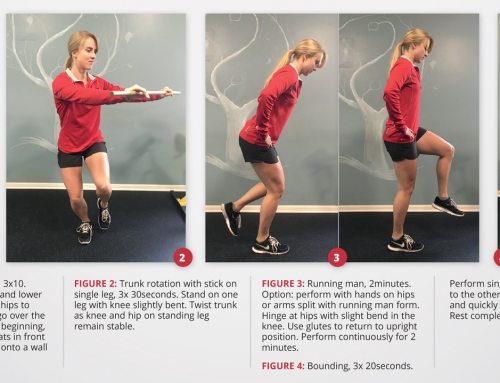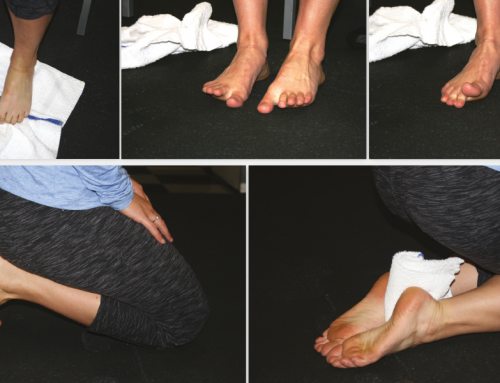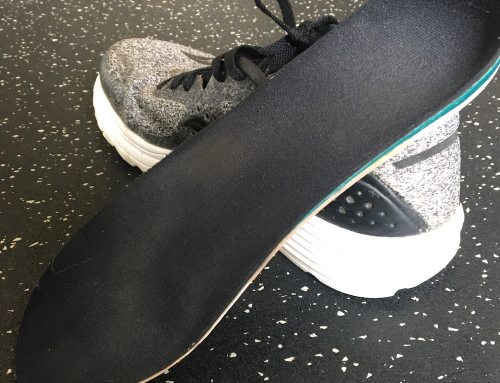By Brian Schiff
Have you ever been running and suddenly experienced intense pain or cramp deep in the lower leg? In many cases, this sudden onset of sharp, stabbing pain forces runners to halt their run and hobble back to their car or home. Every step can be painful and deflating.
While the location of the pain screams calf strain or even tear, the pain is often related to a deeper muscle – the soleus. While training for a half-marathon in 2009, I felt this awful pain during an out-and-back run. Initially, I feared that I may have suffered a torn medial gastroc (calf) tear. However, as I began to test the leg, I had no pain with single-leg calf raises and could even hop on one leg pain-free.
Leaning on my educational background and knowledge of anatomy and biomechanics, I concluded that my soleus was to blame, as the only thing that hurt consistently was walking down the stairs. Keep in mind the soleus is primarily responsible for assisting the calf with push-off and controlling the amount of ankle dorsiflexion (knee moving toward and over the toes) during gait, namely while the knee bends. In contrast, the gastroc is more involved in propulsion with the knee in extension.
So, if you have a sudden cramp or sharp pain during the run that is further aggravated with impact, hills and stair descension, you should be suspicious of a soleus strain. The bad news is the pain can be very intense early on (first two or three days) and force you to stop running for several days or even a few weeks. The good news is the muscle is resilient and responds well to the appropriate care, as well as a graded and progressive running program once the inflammation resolves.
Relative rest and ice are effective in the early healing period. As the pain subsides, soft tissue therapy, stretching and strengthening focused on lengthening and loading the muscle with body weight is the most effective way to get back to running. Clinically, I routinely employ instrument-assisted soft-tissue mobilization and manual stretching to target the muscle (more commonly along the medial soleus).
Soleus health matters for all runners. If ankle dorsiflexion is compromised (a common effect of soleus restrictions or injury), there can be increased strain on the quads and altered movement in the hip. Overpronation and excessive hip adduction and internal rotation are common compensations seen with running as well.
If you experience intense pain that does not subside in a short period of time it would be best to seek medical care. The following exercises can be used to address problems with cramping or mild soleus strains and serve as an effective injury-prevention strategy:
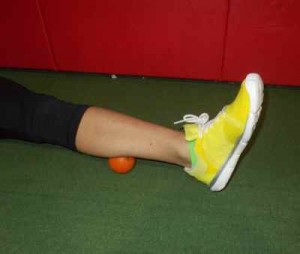
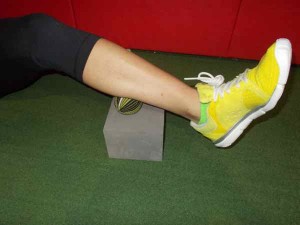
- Myofascial compression/rolling – Using a softball, lacrosse ball or trigger point ball, perform deep-tissue rolling and compression of the affected area for two to three minutes. This helps with blood flow and tissue mobility.
- Wall touches – Standing about five inches away from the wall, slowly shift weight forward toward the toes, attempting to touch the knee to the wall while keeping the heel flat on the floor and not allowing the arch to collapse in. Repeat 10-15 times.
- Forward cone reaches – Stand on the affected leg and slowly reach the hands forward toward the cone, allowing the hip, knee and ankle to bend. Stand far enough away to ensure a stretch is placed on the ankle/soleus within a tolerable range of motion. Perform two sets of 10 touches. This is effective in simulating maximum soleus flexibility and ankle mobility and for preparing for hills, where the soleus will be placed under maximum strain.
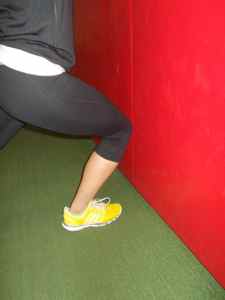
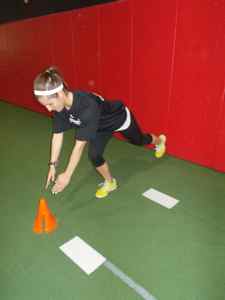
# # #
Brian Schiff, PT, OCS, CSCS is a sports physical therapist and supervisor at the Raleigh location of Athletes’ Performance at Raleigh Orthopaedic. The Raleigh and Cary Athletes’ Performance locations currently offer free injury screens for runners, cyclists and triathletes. For more information, visit www.apcraleigh.com or www.apccary.com.


